Vibration Sensors (2022 Buyer's Guide)
A vibration sensor measures the frequency and amount of vibrations. Commonly vibration trackers are deployed in manufacturing. Typically, vibration sensing devices are found in heavy machinery. Any rotating equipment can benefit from monitoring extreme frequency motions. Learn all about vibration sensors, from what a vibration sensor is, how they’re used, different types of vibration monitoring sensors, and more!
What are Vibration Sensors?
Vibration sensors track high-frequency motion such as vibrational, acceleration, and pressure-based states of change. Then, the measurements taken can be used to determine or even predict issues.
What is a vibration sensor: A vibration monitoring sensor detects vibration, pressure, or acceleration to identify high-frequency motions and track extreme changes.
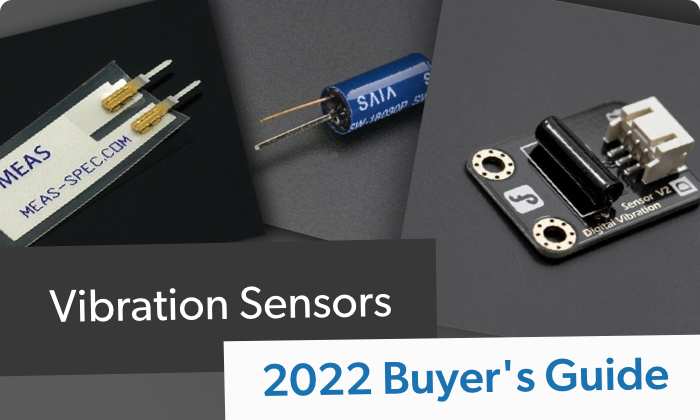
How Vibration Sensors Work
In order to monitor vibrational behavior, the sensor itself must be attached to or in close proximity of the machine that it’s measuring. There are several different varieties of piezoelectric monitoring sensors, so the specific mode of operation varies. But in general, a vibration sensor works by tracking a state of change - be it acceleration, vibration, pressure, or something else.
The vibration sensor captures data and looks for two main variables: intensity (how much vibration is happening) and frequency (how often that vibration occurs). Based on the readings, vibration sensors can detect a failure or predict imminent component breakage.
You can consider the analogy of a heart rate monitor. A heart rate monitor establishes a baseline of normal, healthy operation or a resting heart rate. An accelerated heart rate is similar to vibration. Your heart rate monitor can track data on how often (frequency) a heightened heart rate occurs in addition to intensity (how fast your heartbeat is).
What Types of Vibration Sensors Exist - Vibration Sensors Types
Although most vibration sensors accomplish similar tasks, how they go about doing so varies. Here are the most common types of vibration sensors.
- Piezoelectric Vibration Sensors: A piezoelectric vibration sensor or accelerometer is the most common variety of vibration sensor. It tracks acceleration of motion in a given system. Piezoelectric vibration sensing devices utilize transducers that convert mechanical force info an electrical current.
- Strain gauges: A strain gauge vibration sensor monitors strain on a component or machinery through converting pressure, force, tension, or another metric into an electrical resistance change.
- Eddy current vibration sensors: Whereas strain gauge and piezoelectric vibration sensors rely on contact, eddy current vibration sensors are contactless. Instead, a capacitive displacement (or eddy current) sensor creates a magnetic field that monitors the positional change of a system.
Where are Vibration Sensors Deployed - How Are Vibration Monitoring Sensors Used?
Typically, vibration monitoring devices are found in heavy machinery and devices with moving parts. More specifically, certain industries rely on vibration sensors such as manufacturing, automotive, power, and a slew of others.
In the automotive industry, vibration sensors may be found in manufacturing plants to ensure the health of equipment. Vibration sensors are often in wind turbines to detect unnatural rotations. The food and beverage sector relies on vibration sensors to find systemic imbalances in its machines such as the motor of a chiller.
Where are vibration sensors used:
- Wind turbines
- Bearings
- Motors
- Compressors
- Fans
- Water pumps
Best Vibration Sensors You Can Buy
Although vibration sensors are often found in heavy machinery, you can use them a home for various purposes. For example, you could make an earthquake monitoring system or even create a do-it-yourself home security system by using a vibration sensor on a window or door to detect extreme motion. Here are the best vibration sensors for makers!
Seeed Studio Piezo Vibration Sensor

The LDT0-028K from Seeed Studio is an excellent vibration sensor. It employs piezoelectric sensing capabilities. There's piezo film that, as it’s bent, creates a strain on the piezopolymer which generates a high voltage. Capable of handling extreme temperatures along with high impacts, it’s suitable for even harsh environments. You can use this piezo vibration sensor in a DIY security system, build your own car alarm, or deploy it in any number of other situations.
Alternatively, Seeed Studio offers its Grove piezo vibration sensor. It’s the same sensor, but features Grove connectors for plug-and-play compatibility with a wide variety of different Seeed Studio Grove devices.
Features:
- Able to handle high impact
- Operating temperatures between 0-85 degrees Celsius
- Piezoelectric sensing
Adafruit Fast Vibration Sensor Switch and Slow Vibration Switch

Adafruit offers its budget accelerometers in fast vibration, slow vibration, and medium spring switches. The slow vibration sensor switch is low sensitivity while the fast sensor is high sensitivity. What about the medium vibration sensor? As Goldilocks would say, it’s just right with a medium sensitivity. When the switch gets moved, a spring makes contact with the center pole which detects a state of change in a system. These cheap but good vibration sensors are awesome for simple projects requiring vibrational monitoring.
Features:
- Three varieties: High, medium, and low sensitivity
- Spring vibration switch
- 2ms contact time
- 10 ohm contact resistance
- Long 100,000 cycle lifespan
DFRobot Vibration Sensor

DFRobot’s vibration sensor is fully Arduino-compatible. Simply plug it into the DFRobot I/O Expansion Shield V7 and you’re ready to go. When it vibrates, your Arduino is sent a digital signal. There are loads of possibilities for what you can build including wearables such as step counters or a crash/fall detection device for biking and running.
Features:
- 3.3-5V
- Arduino compatible
- Works with the DFRobot I/O Expansion Shield V7
- 10 ohm resistance
- Digital signal sent to Arduino when vibration detected
- Good for DIY wearables (i.e. step counters, crash/fall detection gadgets)
All About Vibration Sensors - Final Thoughts
Vibration systems are right useful for detecting the state of change in a system - whether that’s vibration, acceleration, or something else. Although they’re commonly used in heavy machinery or manufacturing, at-home DIYing with vibration systems lets you create home security systems, wearables, crash detection devices, or anything else you can think of.
Your turn: What have you made or do you plan to create using vibration sensors?





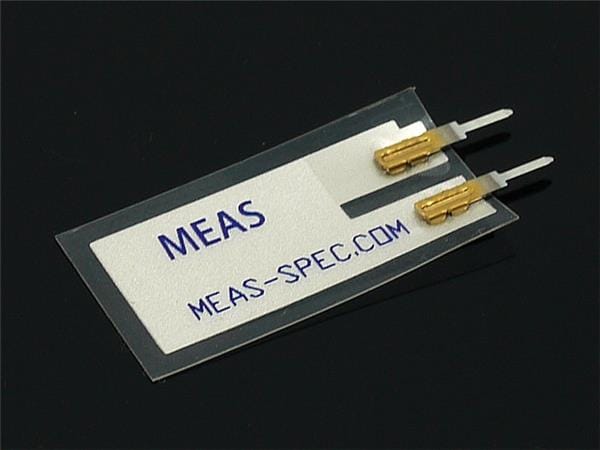
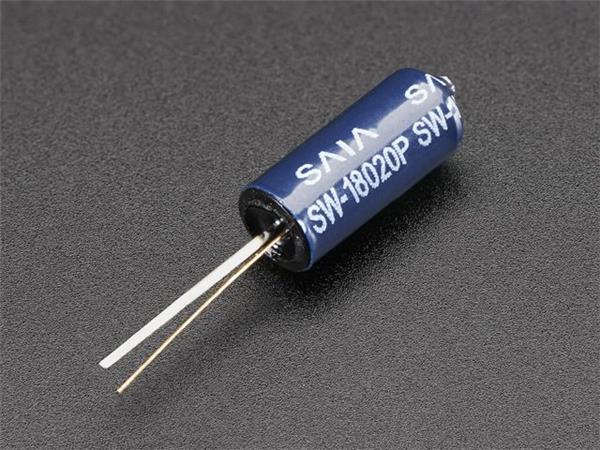
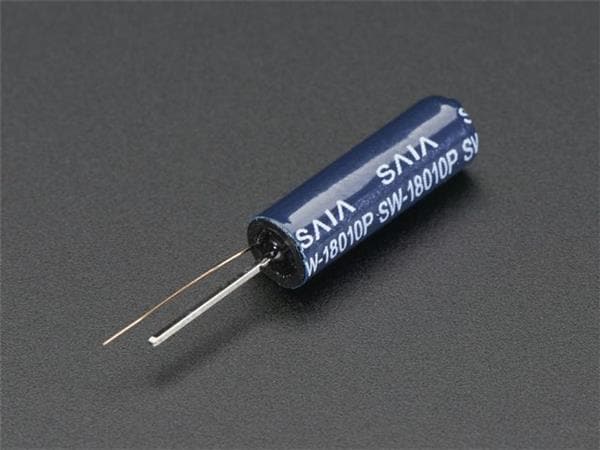
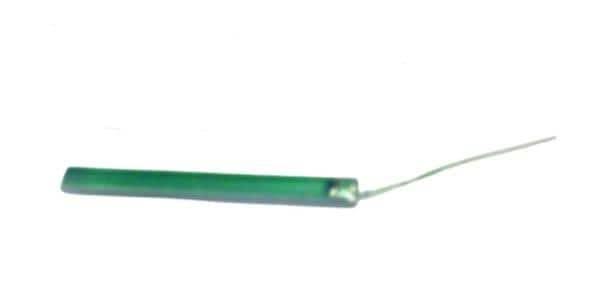
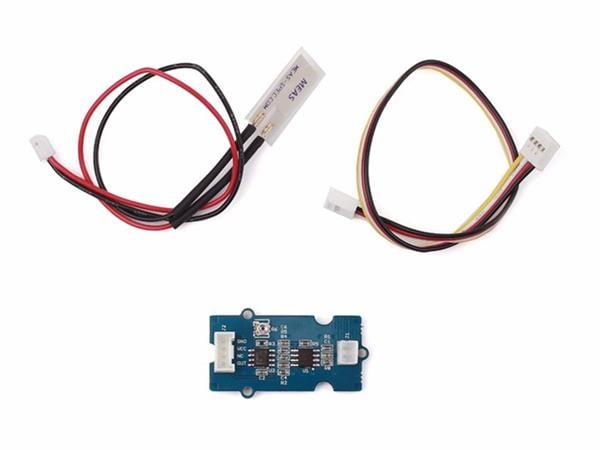
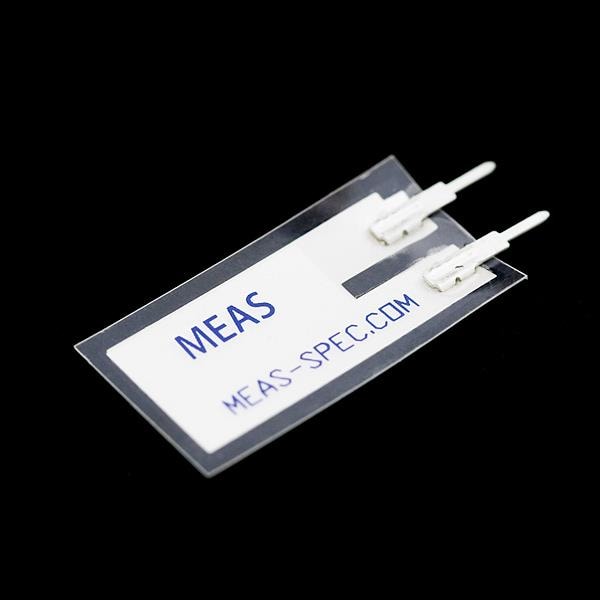
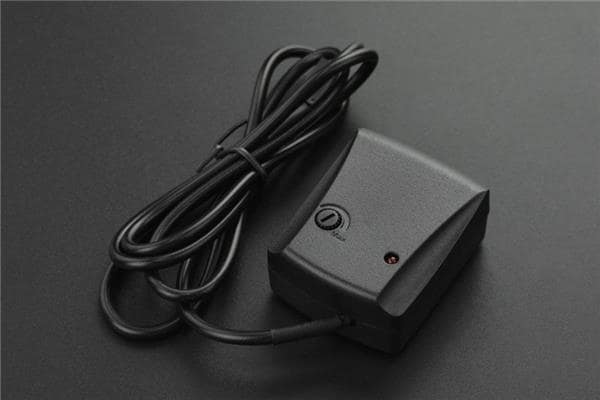
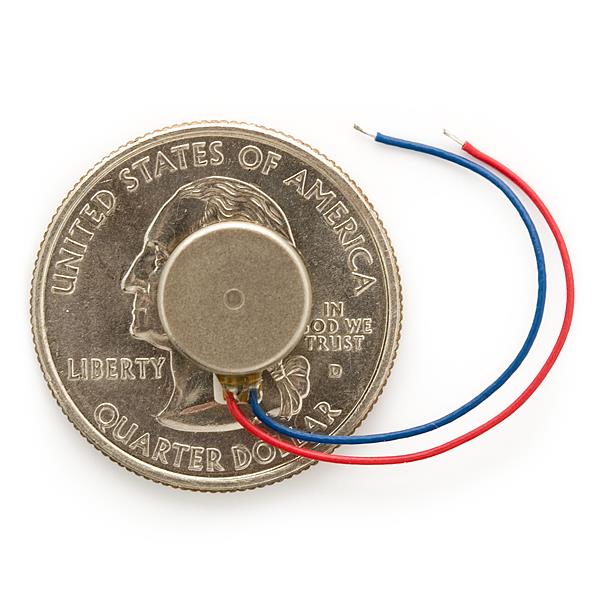
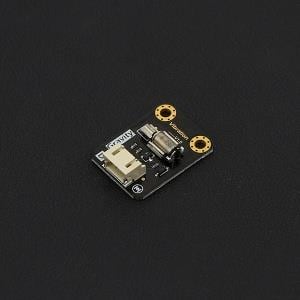
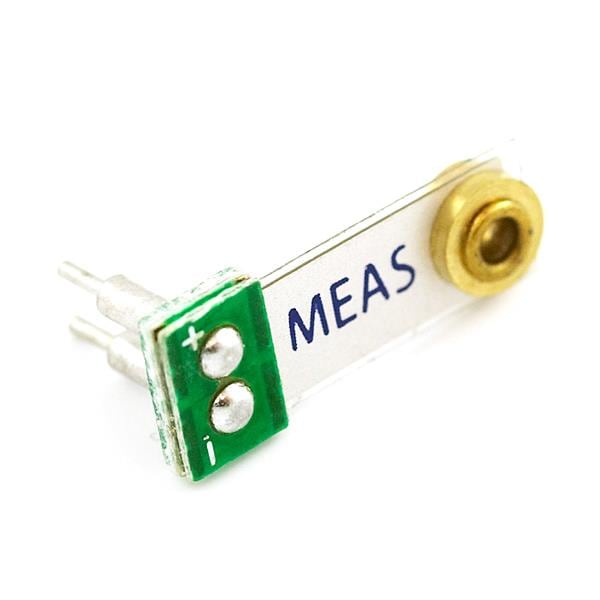
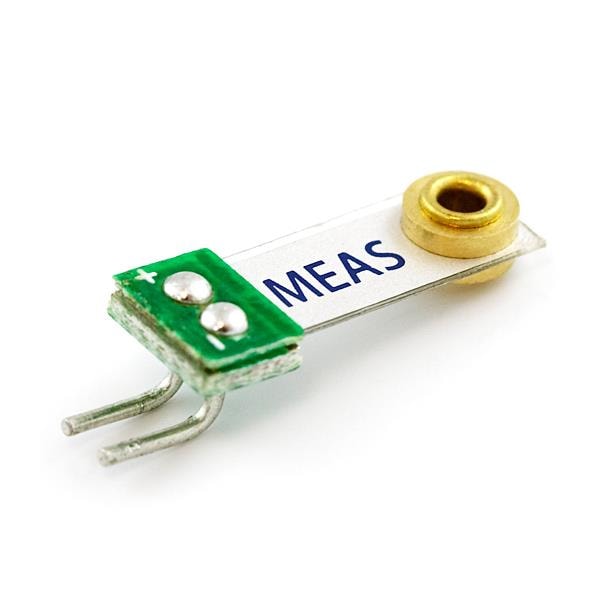
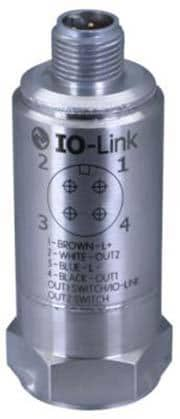
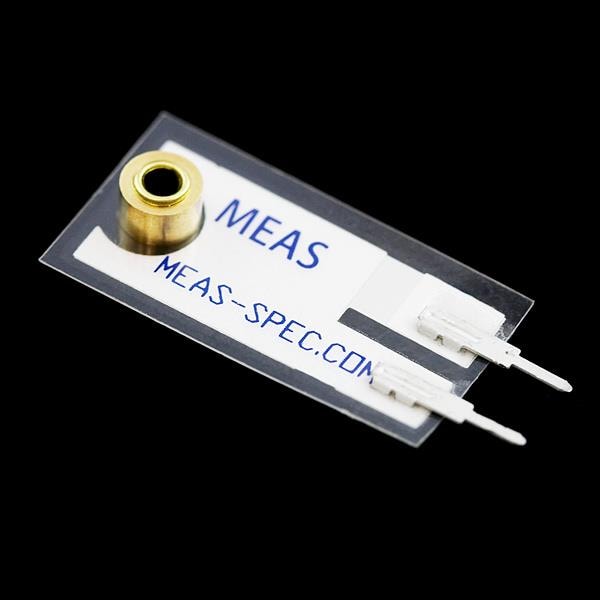
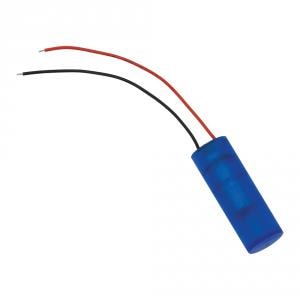
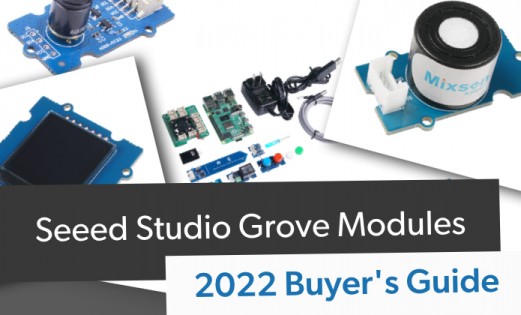
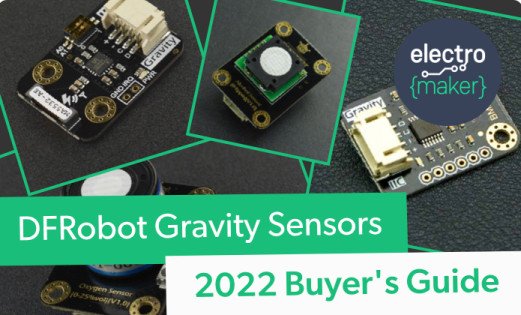
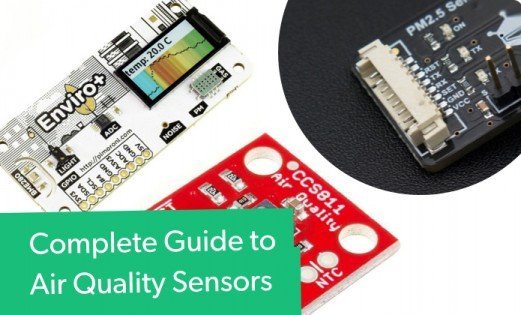
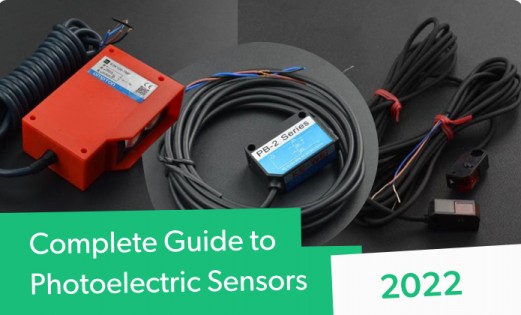
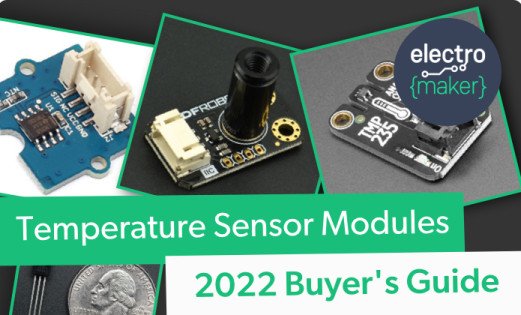
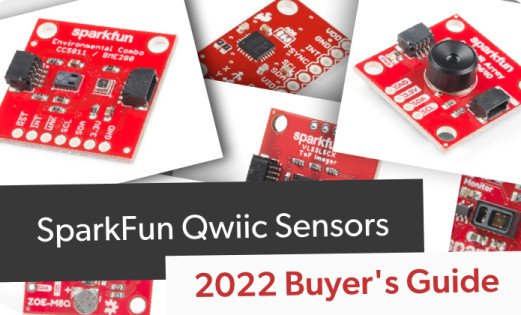
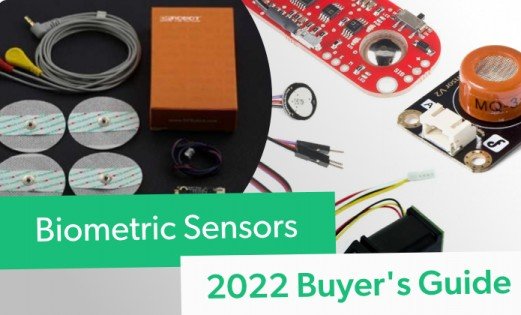
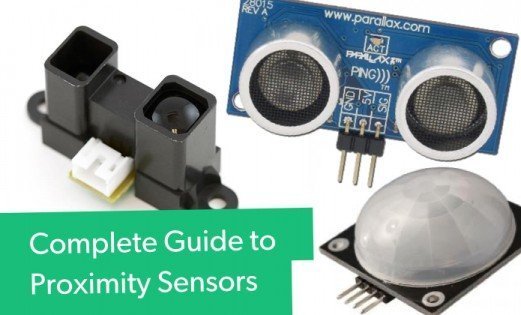
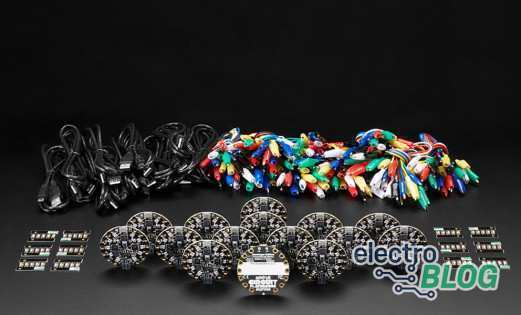
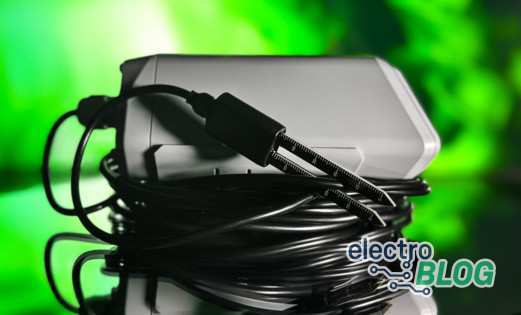
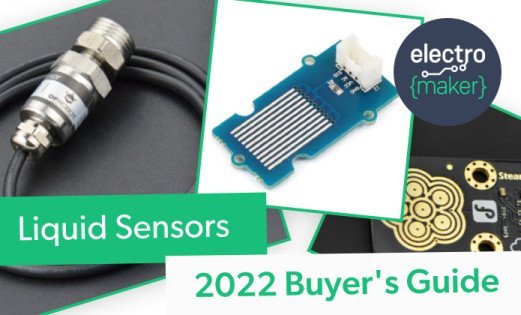
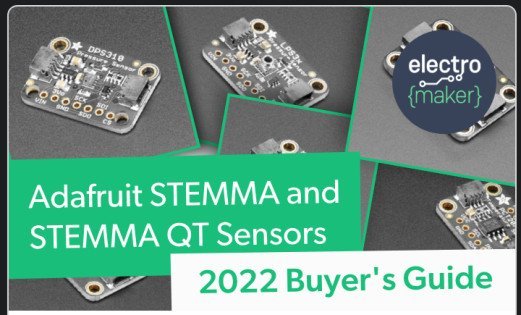
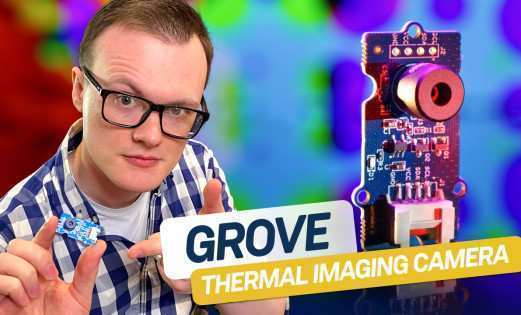
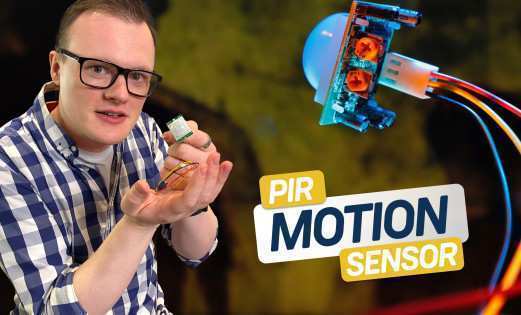
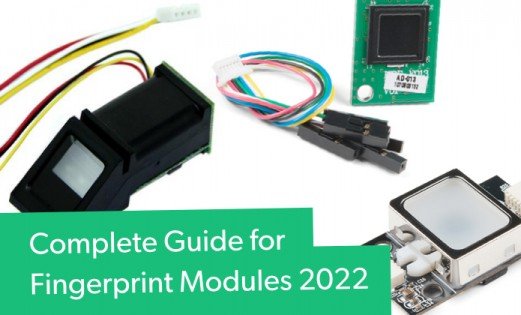

Leave your feedback...